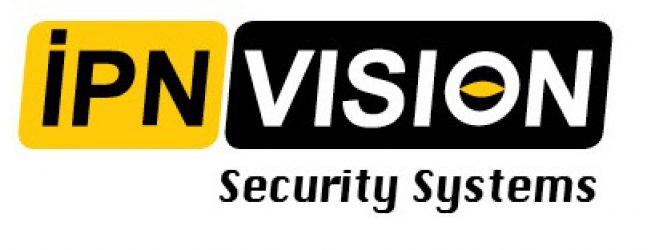technological systems
🔒 Notice:
For security and confidentiality reasons, detailed technical information is available only to registered and authorized users.
Technological Systems: Orchestrating the Symphony of Innovation
In the intricate dance of modern living, technological systems emerge as the conductors, orchestrating a symphony of interconnected devices, networks, and data. These systems, ranging from smart cities to industrial infrastructures, form the backbone of our technological landscape, shaping the way we work, communicate, and experience the world.
Definition and Integration:
Technological systems refer to the seamless integration of hardware, software, and data to achieve specific functions. They embody a harmonious collaboration of diverse technologies, working in tandem to create intelligent, responsive, and efficient environments.
Diverse Manifestations:
Information Systems: These systems manage and process information, supporting functions like data storage, retrieval, and analysis. Enterprise resource planning (ERP) systems exemplify the integration of information systems in business operations.
Communication Networks: From the internet to wireless communication, networks form the backbone of connectivity. Technological systems facilitate the seamless flow of information, connecting people and devices globally.
Automation and Control Systems: Industries rely on technological systems for automation, optimizing processes and enhancing efficiency. This includes manufacturing automation, smart grids, and robotic systems.
Applications Across Sectors:
Smart Cities: Technological systems enable the integration of data and connectivity in urban environments, enhancing services like traffic management, waste disposal, and public safety.
Healthcare Technology: From electronic health records to telemedicine platforms, technological systems play a crucial role in improving patient care, diagnostics, and medical research.
Energy Management: Smart grids and monitoring systems optimize energy distribution and consumption, contributing to sustainability and resource efficiency.
Challenges and Future Frontiers:
As technological systems evolve, challenges arise, including cybersecurity concerns, data privacy, and the need for interoperability. Looking forward, emerging technologies such as the Internet of Things (IoT), 5G connectivity, and edge computing are poised to redefine the capabilities of technological systems, offering more decentralized, intelligent, and responsive solutions.
Conclusion:
In the grand tapestry of technological progress, technological systems stand as the pillars, driving innovation and transforming the way we interact with the world. Their continued evolution promises a future where connectivity is seamless, information is readily accessible, and the potential for creating intelligent and sustainable environments is limitless. Embracing and understanding these systems ensures that we navigate the complexities of the digital era with efficiency, resilience, and a vision for a connected future.
